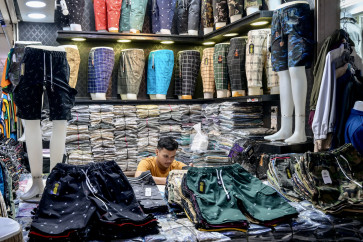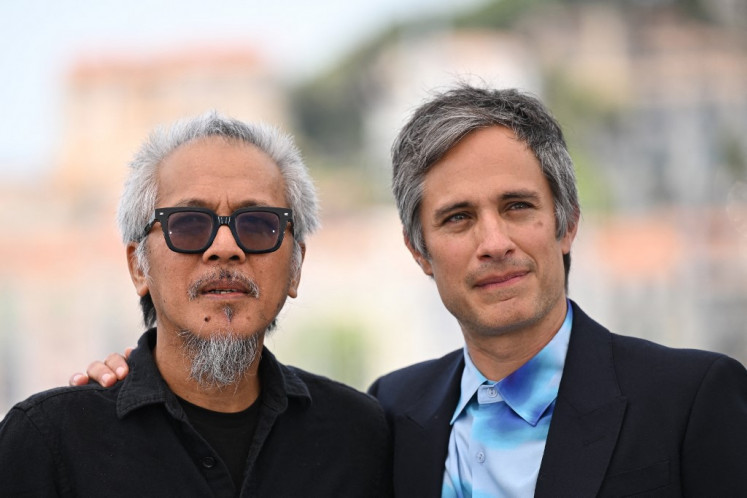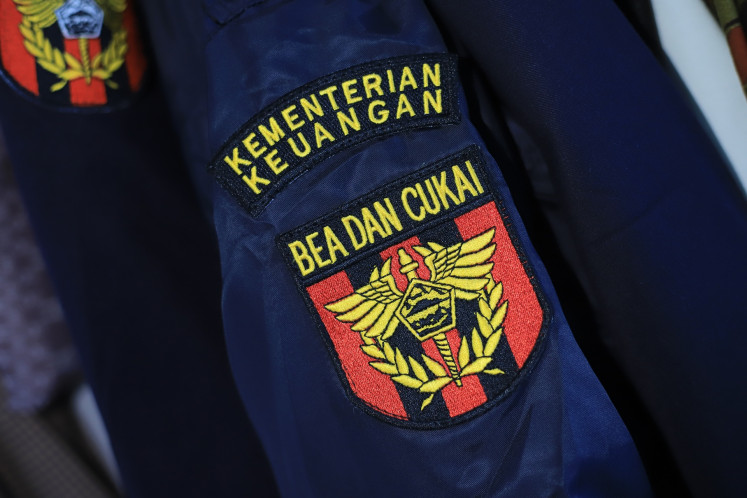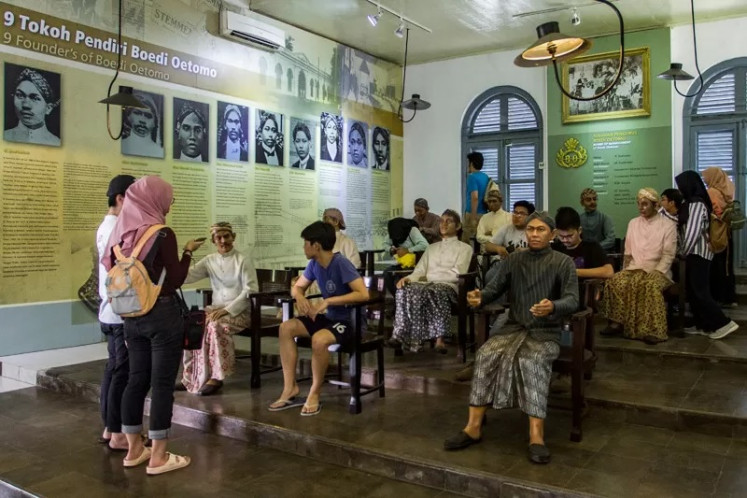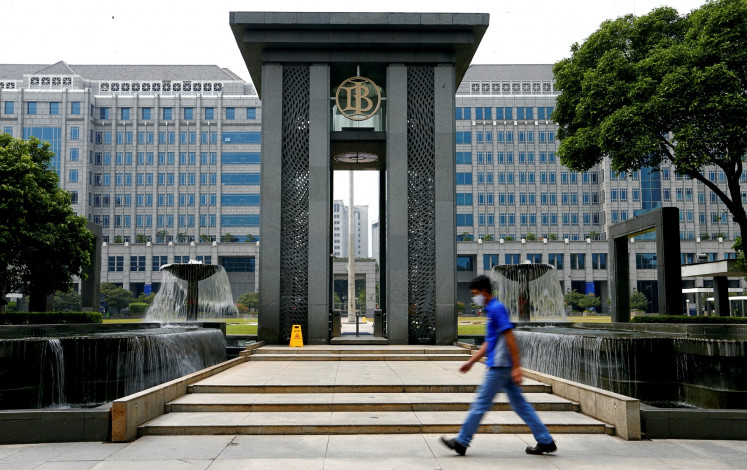Surabaya museum of death highlights Indonesian funeral traditions
Death holds a special place in Indonesian culture.
Change text size
Gift Premium Articles
to Anyone
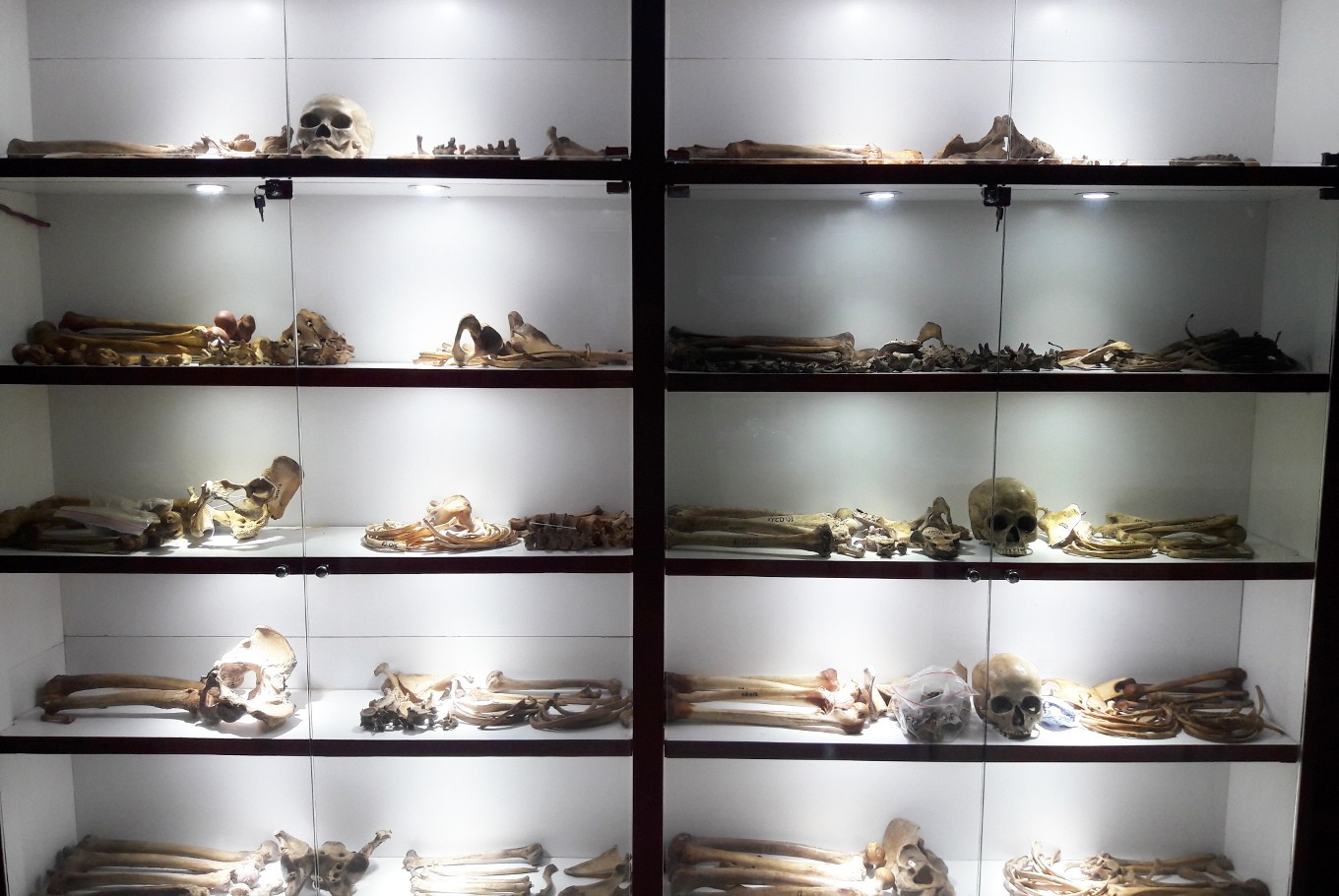 Open to the public, the Ethnography Museum and Death Studies Center at Airlangga University in East Java aims to enlighten people about death and how it relates to other aspects. (Museum of Ethnography and Center for Death Studies/File)
Open to the public, the Ethnography Museum and Death Studies Center at Airlangga University in East Java aims to enlighten people about death and how it relates to other aspects. (Museum of Ethnography and Center for Death Studies/File)
A
museum in the East Java city of Surabaya aims to enlighten people about Indonesian funeral rituals and their correlation to other fields, including the economy and culture.
The Ethnography Museum and Death Studies Center is located at Airlangga University’s (Unair) School of Social and Political Sciences in Surabaya.
Upon entering the museum, people may smell a certain scent that may remind them of kemenyan (incense). But Toetik Koesbardiati, the museum’s management head, told The Jakarta Post that it was actually aromatherapy. “We use it to protect the museum from bad smells,” Toetik said. “We also use incense sticks, but not for rituals to summon spirits.”
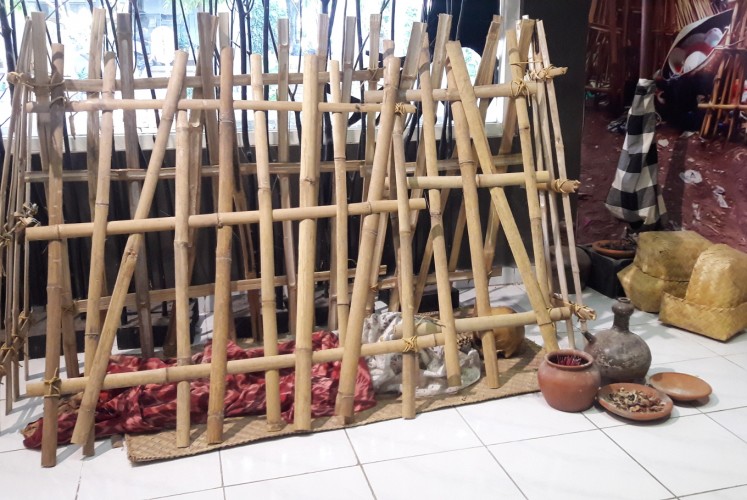
Built in 2005, the museum mostly uses infographics to enlighten visitors about funeral ceremonies. It provides replicas as well, among them are funeral rites in Trunyan village, Bali and Toraja, South Sulawesi. Some people refer to the museum as a haunted house because it has one room with an imitative pocong(shrouded ghost) in it. “People are shrouded when they are buried in the Islamic way. We added pocong as a reflection that one day we’ll be dead and treated like that,” Toetik said.
In the same room, there are books and research on death, the afterlife and other related topics. “These books show that death is often explored as a specific topic, but many people still avoid talking about it,” said Toetik.

Nestled in a two-story building, the museum has mock-up crime scene, jelangkung (a traditional medium used when summoning spirits) and types of graves based on different religions in Indonesia. There is also a collection of real human skeletons kept in a glass case.
On one side, it displays collections of skeleton sculptures themed "My lifestyle determines my death style", meaning that visitors can learn about someone’s lifestyle from their remains. In forensic science, skeletons can hint about people’s sex, height, disease and other information about their identity when they were alive. “For instance, we can find out that someone is a saxophone player from their teeth structure,” said Toetik.
Read also: Nobody dies alone in Jakarta anymore
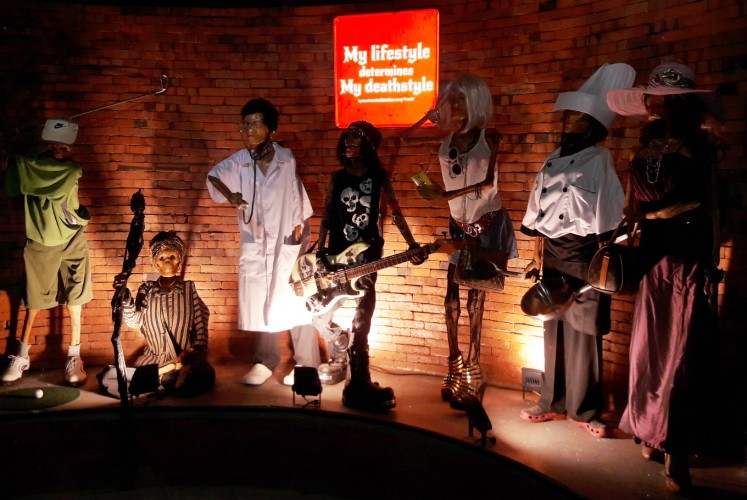
The museum has its own laboratory to support its studies and it is allowed to collaborate with other research institutions. It welcomes high school students who want to learn about forensics, children and foreign visitors as they have English-speaking guides.
Furthermore, for its unique approach, the museum was awarded with Purwakalagrha by the Indonesia Museum Awards 2018.
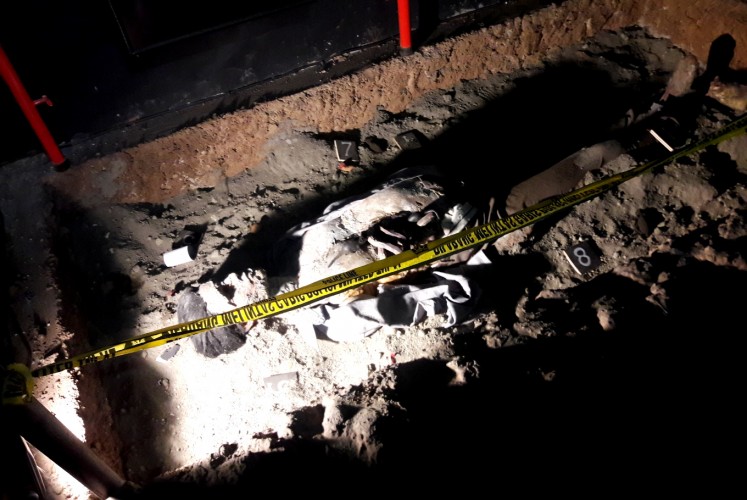
“People seldom talk about death, while they try so hard to stay alive because they’re afraid of dying. In biology, death is natural because this body isn’t getting younger,” Toetik said. “In reality, our culture has many celebrations of death. I call it ‘celebration’ because it requires a lot of money and people. It implies that death holds special place in our culture. That’s what we’re trying to portray [in our museum], although our limited space cannot fit [for all funeral ceremonies] from across Indonesia.”
Managed under the university’s Anthropology program, the museum aims to show that death is never simple. “Death is related to other aspects, one of them is economy. Some funeral ceremonies aren’t inexpensive – in Bali we have ngaben and in Java we have other rituals following the burial procession,” said Toetik. “Death also creates other economy aspects, such as funeral home and mortuary makeup artist, hence death is not the end, but it’s the beginning. It gives room for us to learn about it.”
The museum is open Monday to Friday from 10 a.m. to 3 p.m. (kes)


